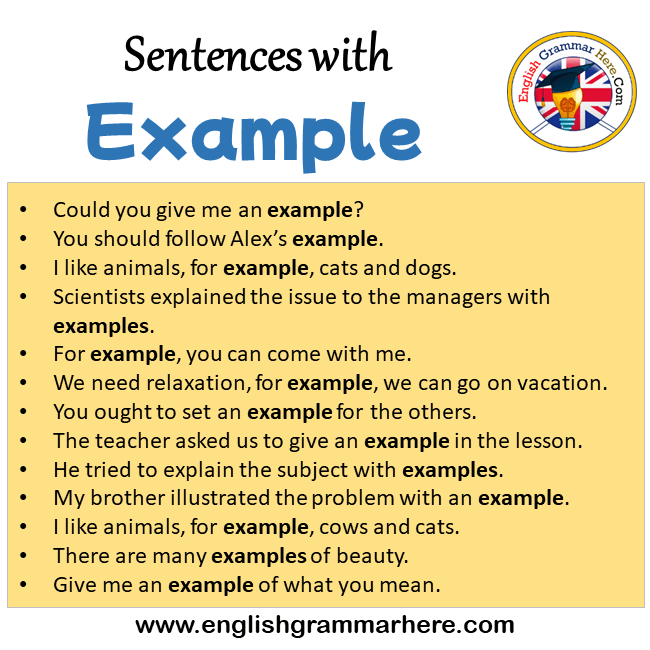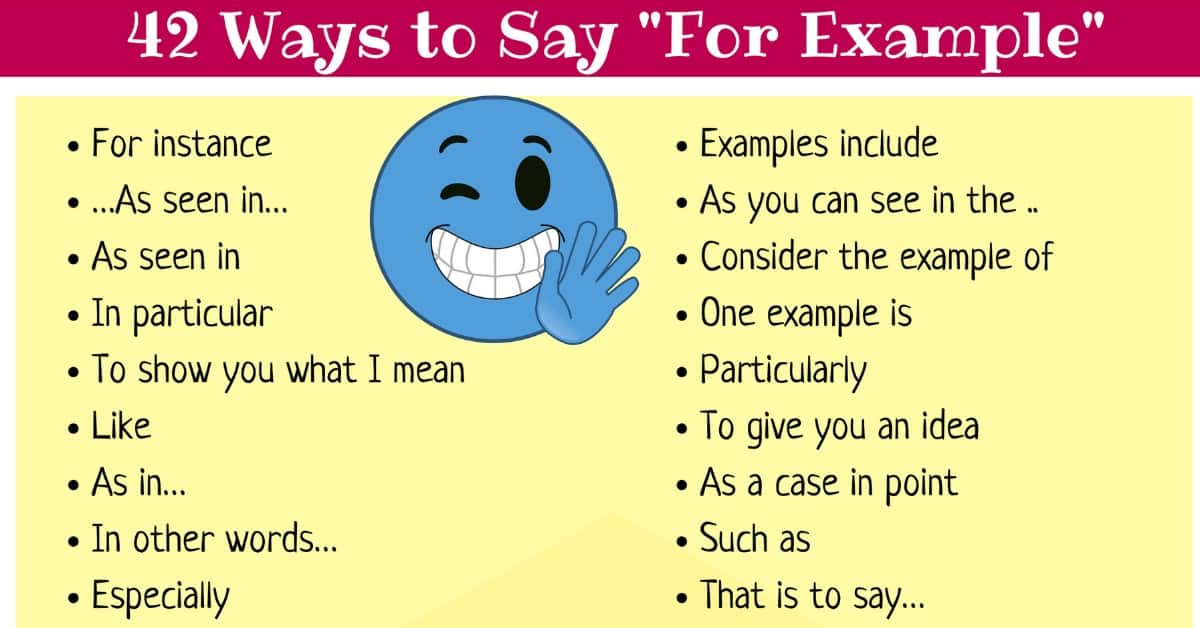What's A Good Example? Definition & Uses Explained
What exactly constitutes an "example," and why does this seemingly simple concept hold such significant weight in our understanding of the world? An example, in its essence, acts as a microcosm, reflecting the characteristics of a larger group, a standard, or a principle, making it a cornerstone of communication, learning, and argumentation.
From the intricate details of baroque architecture serving as a "good example" of a specific artistic style to the everyday use of "for example" (or its Latin equivalent, exempli gratia) to clarify and illustrate a point, examples are woven into the fabric of how we perceive and interact with information. They are the specific instances that breathe life into abstract concepts, transforming general descriptions into tangible realities. As the Waterloo Region Record (Kitchener, Canada) noted on July 12, 2022, examples can even be found in the most unexpected places.
Consider this: when faced with the task of learning something new, setting a defined timeline is often recommended. This concept is easily grasped by providing a clear example, such as, "Set an immediate timeline, e.g., three weeks, to learn all this." The clarity stems from its ability to provide a tangible, relatable framework.
In various fields, the concept of an example takes on specialized nuances. In scientific research, for instance, a "sample" represents a small portion of a substance or a single representative of a group. It aims to illustrate the characteristics of the whole. The APA Publication Manual, 7th edition, further clarifies the use of examples, particularly within the context of academic writing. Different formatting conventions apply based on whether the work is a student paper or intended for scholarly publication. It uses examples to illustrate rules and methods, making them easier to understand and apply. The results section of a research paper often presents its findings objectively, relying on examples such as tables, graphs, and charts to convey data effectively.
The breadth of the term "example" is reflected in its numerous synonyms. These include: instances, illustrations, specimens, cases, indications, exemplars, representatives, and prototypes. These words, all different yet related, share the function of demonstrating a principle or supporting an argument. As the Oxford Languages explains, an example is not just a thing; it is a tool, providing us with the means to illuminate, clarify, and understand.
An example can be an object, a fact, or a situation used to show, explain, or support a statement. It can be a model to be imitated or avoided, setting a standard for others. Consider the phrase "to set a good example"; it exemplifies how the concept of an example permeates our daily lives. Discovering the word "example" opens a portal to understanding, both in academic discourse and everyday conversation. An "example" is used to demonstrate the nature of a group or type by showcasing a specimen. It is, as the Chinese words for the term suggest, a model, a standard, and a means of clarification, which are all different facets of its significance.
The Daily Telegraph Quick Crossword, for instance, often uses the word "example" as a clue, with various possible answers. There are numerous ways of articulating the concept, with antonyms, related terms, and example sentences all contributing to a rich understanding of its multifaceted character. This concept is a cornerstone of many forms of art. In architecture, the "good example" of a design allows people to understand a style. The architecture is not merely defined by a dictionary. They are a practical demonstration.
The value of "example" resides not only in its ability to elucidate, but also in its capacity to encourage imitation. It is a guide, a reference point, and a source of insight. By providing a clear picture of something, "example" allows us to understand, adapt, and flourish.
The "example" is versatile, encompassing everything from a simple illustration, such as a skirt and blouse, to more complex applications. Examples are a recurring part of life. It exists in the common reference section for common types of APA style references as well. It is the most crucial ingredient for education, whether that be a simple task or professional writing. This is a constant throughout the world. In addition, they provide ways of imitation. It guides and offers insight.
| Term | Definition/Description | Relevance to "Example" |
|---|---|---|
| Illustration | A drawing, picture, or other visual work created to explain or decorate something. | Visual examples that clarify abstract concepts. |
| Specimen | An individual animal, plant, piece of a mineral, etc., used as an example of its species or type for scientific study or display. | A representative example of a group. |
| Case | An instance of a particular situation. | A specific "example" of a broader phenomenon. |
| Prototype | A first, typical, or preliminary model of something, especially a machine or a product, from which other forms are developed or copied. | A foundational "example" used to guide the creation of others. |
| Exemplar | A person or thing serving as a typical example or excellent model. | A specific instance that embodies the best qualities of a group or concept, setting an example for imitation. |
The concept of "example" offers a framework for understanding complex concepts. Each "example" provides clarity, and they work to teach, show, and clarify a situation. This is used to provide a foundation for learning. From crosswords to professional papers, the concept of "example" remains a powerful tool. It is still a constant presence. It serves as the beginning for deeper understanding.



